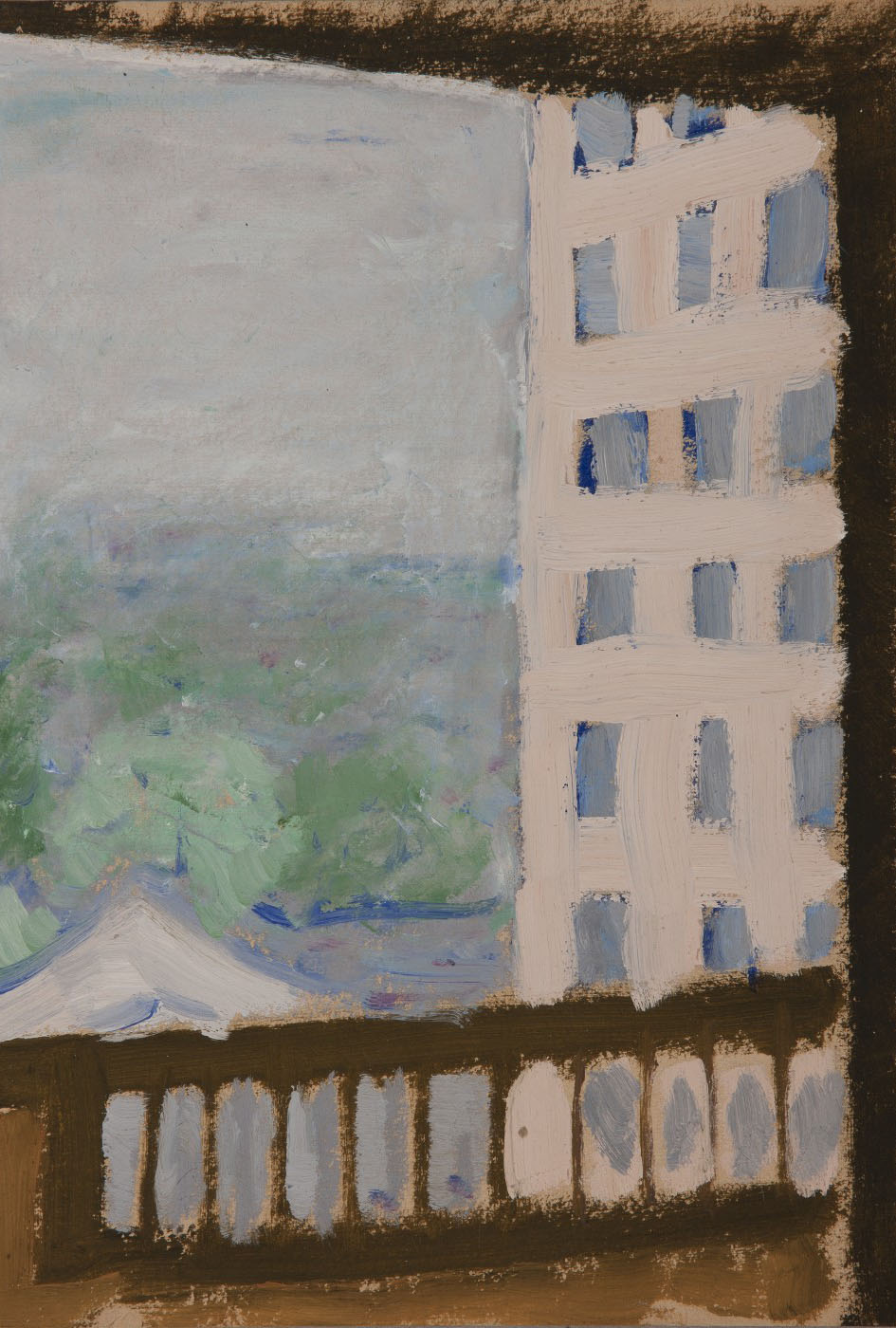M+ Sigg Collection: Four Decades of Chinese Contemporary Art
| June 3, 2016 | Post In 2016年4月号

Courtesy M+ and the artist
The M+ Sigg Collection of Chinese contemporary art travels to Hong Kong after two touring exhibitions in Europe over the past two years. Since the 1990s, Hong Kong has acted as a mediator in the institutionalization of Chinese contemporary art in the global system; with the recent creation of this collection, the city has become the eventual home for much of this work. The current exhibition and related programming take local reception into account, incorporating new acquisitions since 2012, including work by Hu Qingyan and Wang Guangle, to showcase the museum’s recent additions to Sigg’s donation.
The curatorial approach strives to avoid the perils of kitsch in presenting the past four decades of Chinese contemporary art on a historical timeline. Following the standard chronology, the exhibition is divided into three parts—1974 to 1989, 1990 to 1999, and post-Olympic art in the twenty-first century—that reflect the curator’s concern with genealogical method:How does the past transform contemporary experience? How can we map the influences of the past on the present? The central task is to establish Chinese social reality over the past 40 years. This brief history traces its inception to the No Name art group in 1974, unfolding in parallel with the social reality from which it is born.
The 80-something works on display represent just the tip of the iceberg of Sigg’s massive collection, a fact that provides the curator with significant license of selective reinterpretation in reconstructing various art historical lineages and cultural contexts. The final result demonstrates considerable restraint on the parts of both the curator and collector, who turn the power of interpretation back to history itself. As is expected, the exhibition features iconic works of major artists, including Wang Guangyi and Fang Lijun. Despite the existing interpretations, these works blend seamlessly into the historical reconstruction of the show, guiding the viewer’s attention away from their financial value and celebrity effect.
(Translated by Connie Kang)
ArtistTree, Hong Kong
2016.02.23 – 2016.04.05


